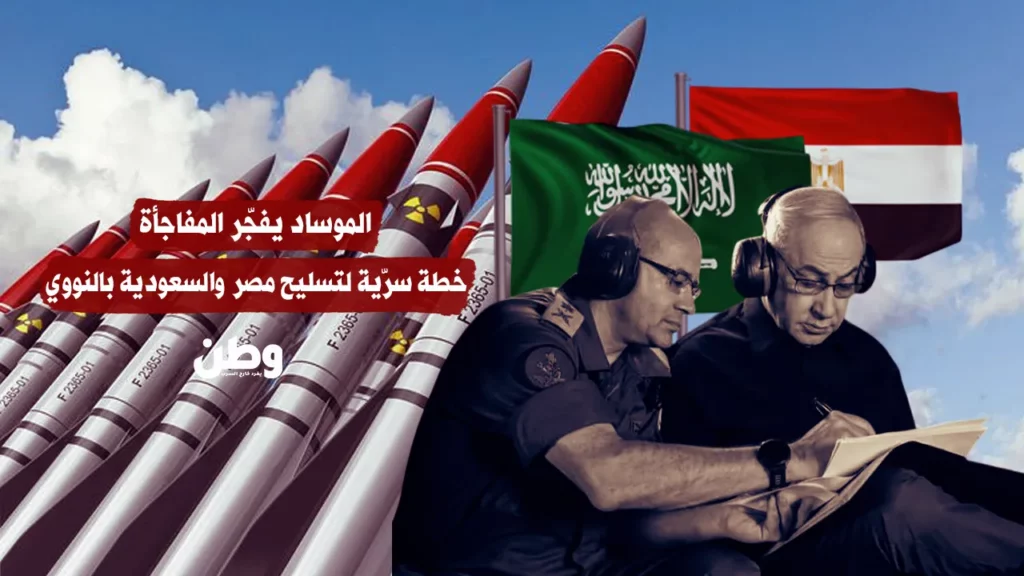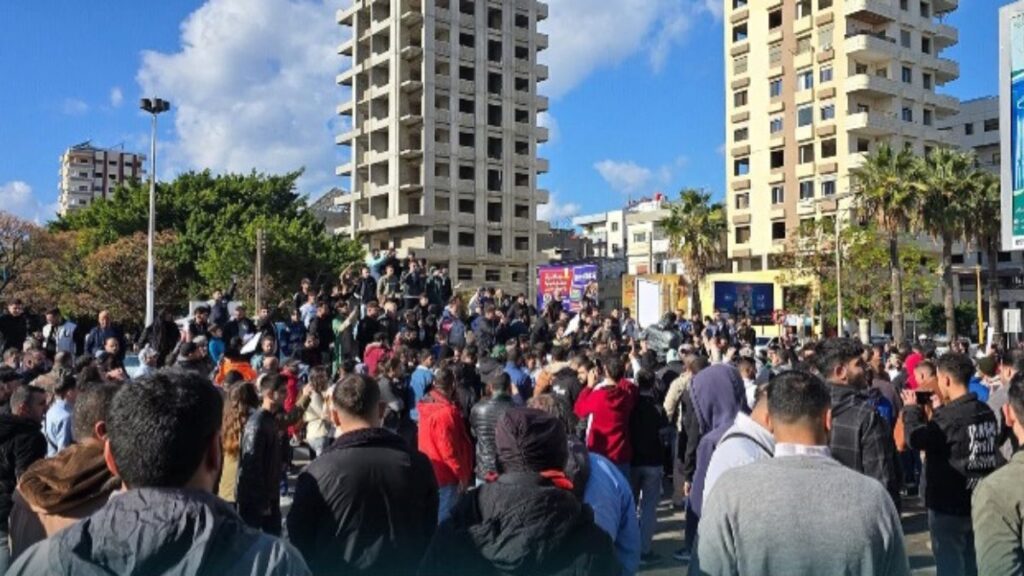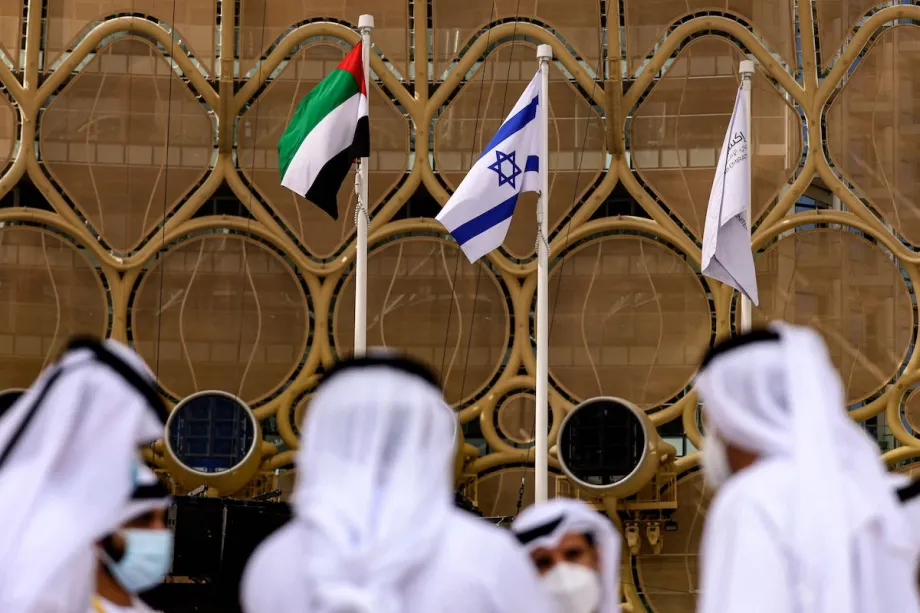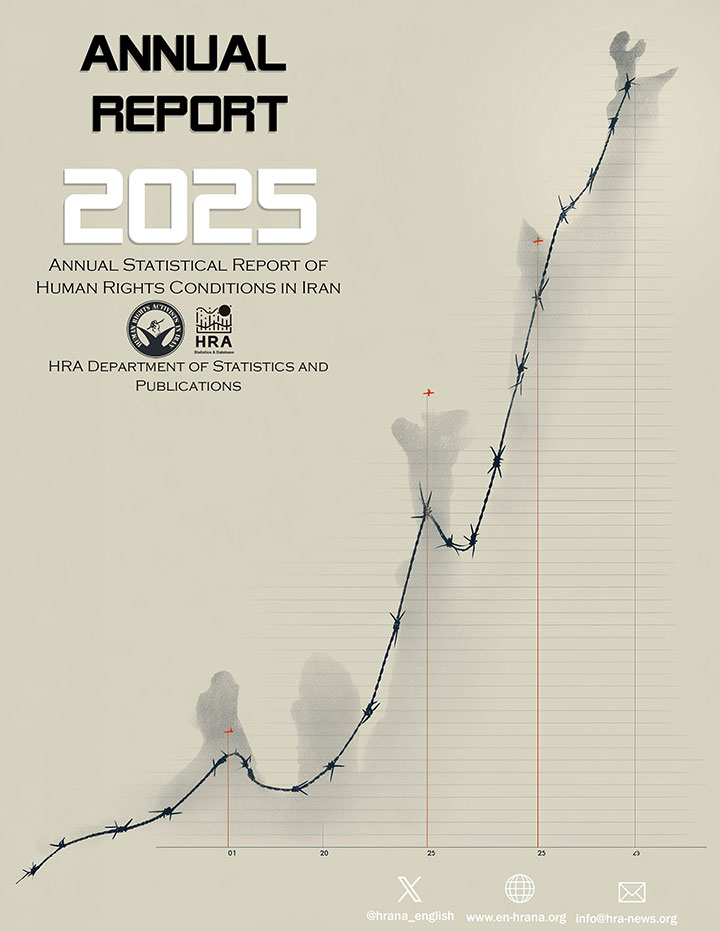“Dissolve al-Qaida”: The Advice of Abu Mariya al-Qahtani
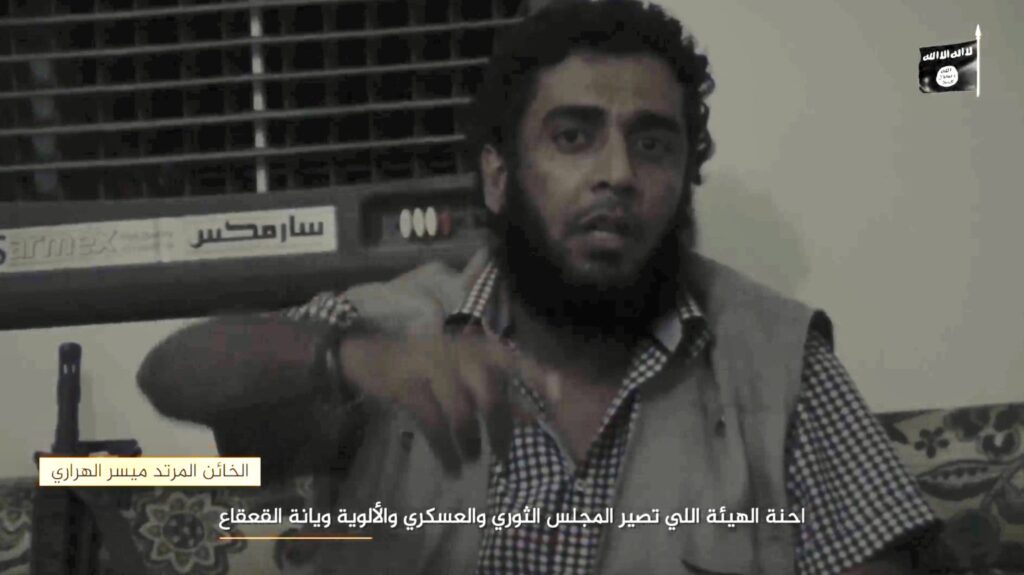
Last week, Abu Mariya al-Qahtani, a senior leader in Hay’at Tahrir al-Sham (HTS), delivered a controversial message on his Telegram channel. The time had come, he wrote, for al-Qaida’s branches to shut the organization down. After the death of Ayman al-Zawahiri on July 31, 2022, and with the question of succession complicated by the leading candidate’s presence in Iran, this was the best path forward. He urged the affiliates to consider an alternative model of jihadism, one that embraces cooperation with regional states as part of a strategy of confronting “the Iranian project” in the Middle East.
The advice, or nasiha, was not received well in al-Qaida circles. Several critics of the nasiha wrote at length against it, castigating its author as an ignoramus and dismissing his arguments as unfounded. Two of these authors purport to be members of al-Qaida. The exchange is worth considering, as Abu Mariya is no stranger to the inner workings of al-Qaida—he belonged to it for more than a decade—and the advice he offered clearly struck a nerve. It may well shed light on the still murky future of the group after al-Zawahiri.

